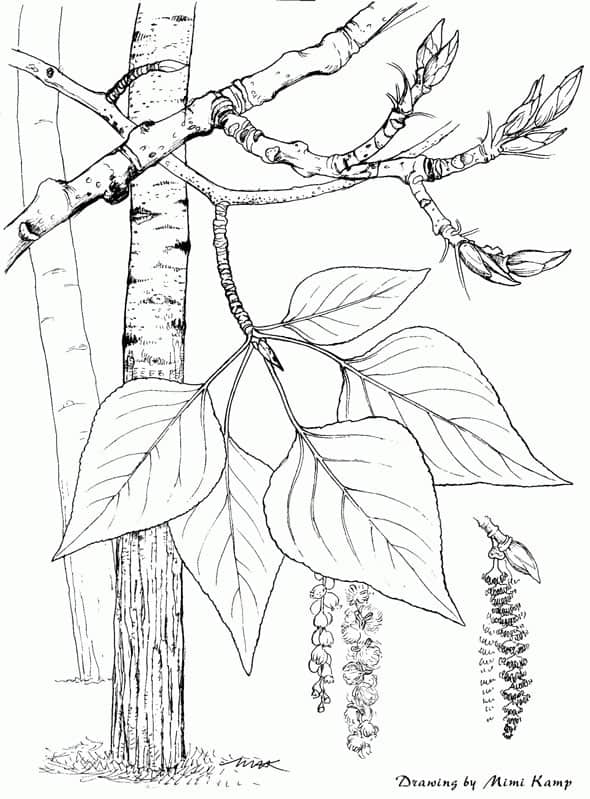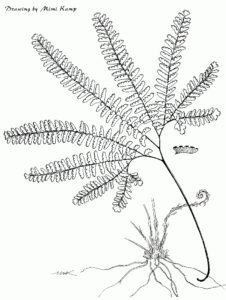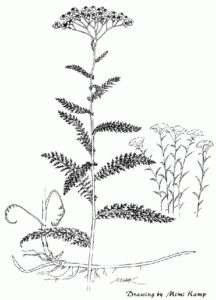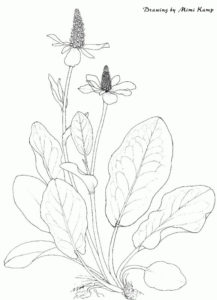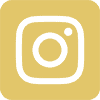General guidelines for all species:
Selectively hand harvest by cutting or plucking. Harvest no more than 25% of the biomass of any one seaweed species in an area. Be careful not to remove the holdfasts (“roots”) that attach the plants to the rocks. Harvest in a way that allows each plant to continue to grow and reproduce.
Species-specific harvest guidelines:
Bladderwrack (Fucus gardneri) – Cut 3” frond tips, or selectively cut entire plants at least 2” from the holdfast.
Bullwhip Kelp (Nereocystis luetkeana) – Cut the fronds at least 12” from the bulb.
Grapestone (Mastocarpus spp.) – Carefully pluck or cut the larger fronds, leaving the holdfasts and smaller fronds still attached to the rock.
Kombu (Laminaria setchellii) – Cut the fronds so that at least 2” of frond base remains on each stipe (or “stalk”).
Nori/Laver (Pyropia spp.) – Carefully pluck the fronds by hand, leaving the holdfasts and bases of the fronds still attached to the rock.
Ocean Ribbons (Lessoniopsis littoralis) – Cut the fronds so that at least 2” of frond base remains on each stipe (or “stalk”).
Rainbow (Mazzaella splendens) – Carefully pluck or cut the larger fronds by hand, leaving the holdfasts and smaller fronds still attached to the rock.
Sea Cabbage/Sweet Kombu (Hedophyllum sessile) – Cut the fronds at least 6” from the holdfast.
Sea Fern (Stephanocystis osmundacea) – Cut the plants at least 12” from the holdfast.
Sea Lettuce (Ulva spp.) – Carefully pluck the fronds by hand, leaving the holdfasts and bases of the fronds still attached to the rock.
Sea Palm (Postelsia palmaeformis) – Cut the frond tips so that at least 2” of grooved frond bases remain on each plant. Harvest before the end of July.
Wakame/Wing Kelp (Alaria marginata) – Cut the fronds so that at least 6” of frond base remains on each plant.

